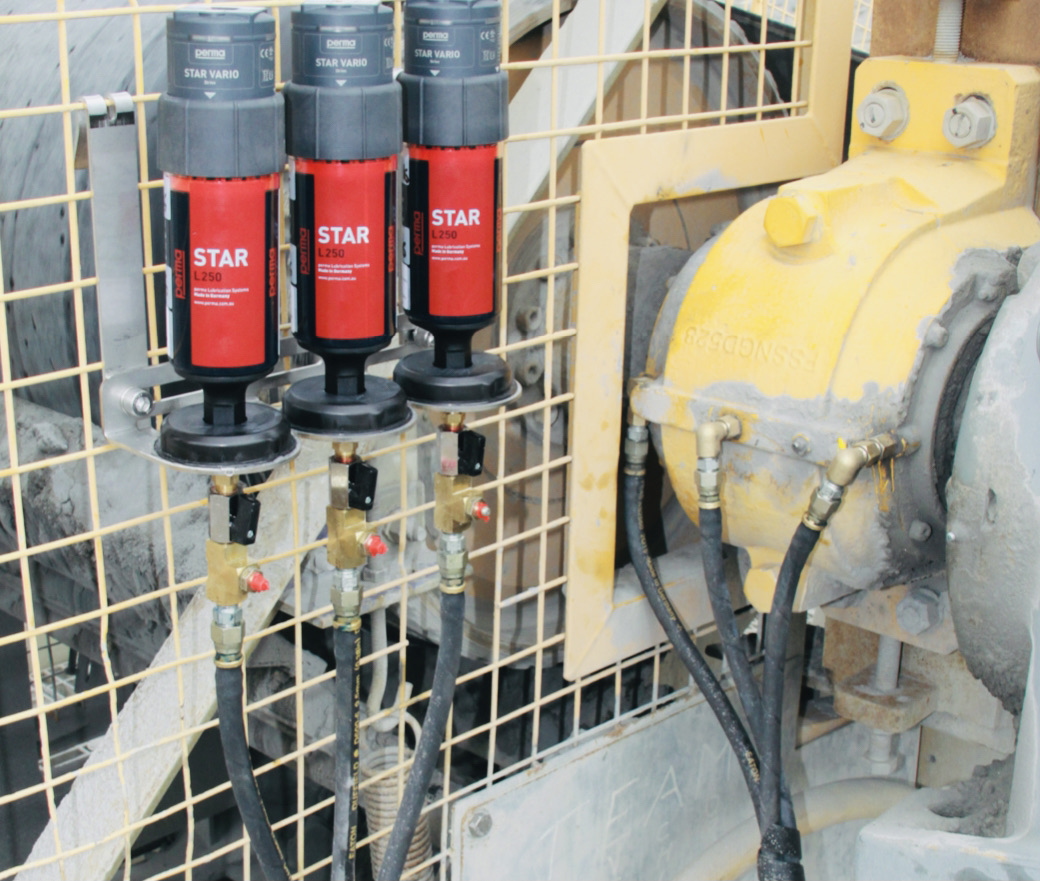Automatic lubrication systems are an incredibly efficient way to help industries reduce downtime and increase equipment lifespan. But if used improperly, these benefits can be significantly reduced. In this article, the LH Travis team takes a closer look at some of the most common automatic lubrication system mistakes to be mindful of.
- Not Inspecting Your Automatic Lubrication System
Just like any other piece of equipment, your automatic lubrication system needs to be inspected regularly. They cannot simply be installed and set to run as a “set it and forget it” solution. You will need to inspect your automatic lubrication system after installation to ensure it is functioning properly. You will also need to inspect the automatic lubrication system for proper function periodically as a part of regular maintenance.
- Not Having a Plan for Replacing Lubricant
An essential part of keeping your automatic lubrication system running is having a plan for supplying new lubricant when reservoirs are empty or drums need to be changed out. You should have a detailed plan in place for resupplying lubricant in a timely manner, and ensure workers are trained on this plan. Otherwise, your lubrication system could become starved of lubricant, causing equipment damage.
- Not Using the Right Lubricant
Finally, it’s important to also use the correct lubricant. You’ll need to use lubricant with the correct characteristics for your automatic lubrication system, and your equipment. If you need to change lubricants, you may need to redesign your system for it to function properly.
Avoid These Problems for Optimal Lubrication
By properly using your automatic lubrication system with regular inspections, a plan to replace lubricant, and using the right lubricants, you can ensure you get the most out of your automatic lubrication systems and optimize the efficiency of your operation. Want to know more about automatic lubrication systems? Contact the LH Travis team today to learn what we can do for you.

